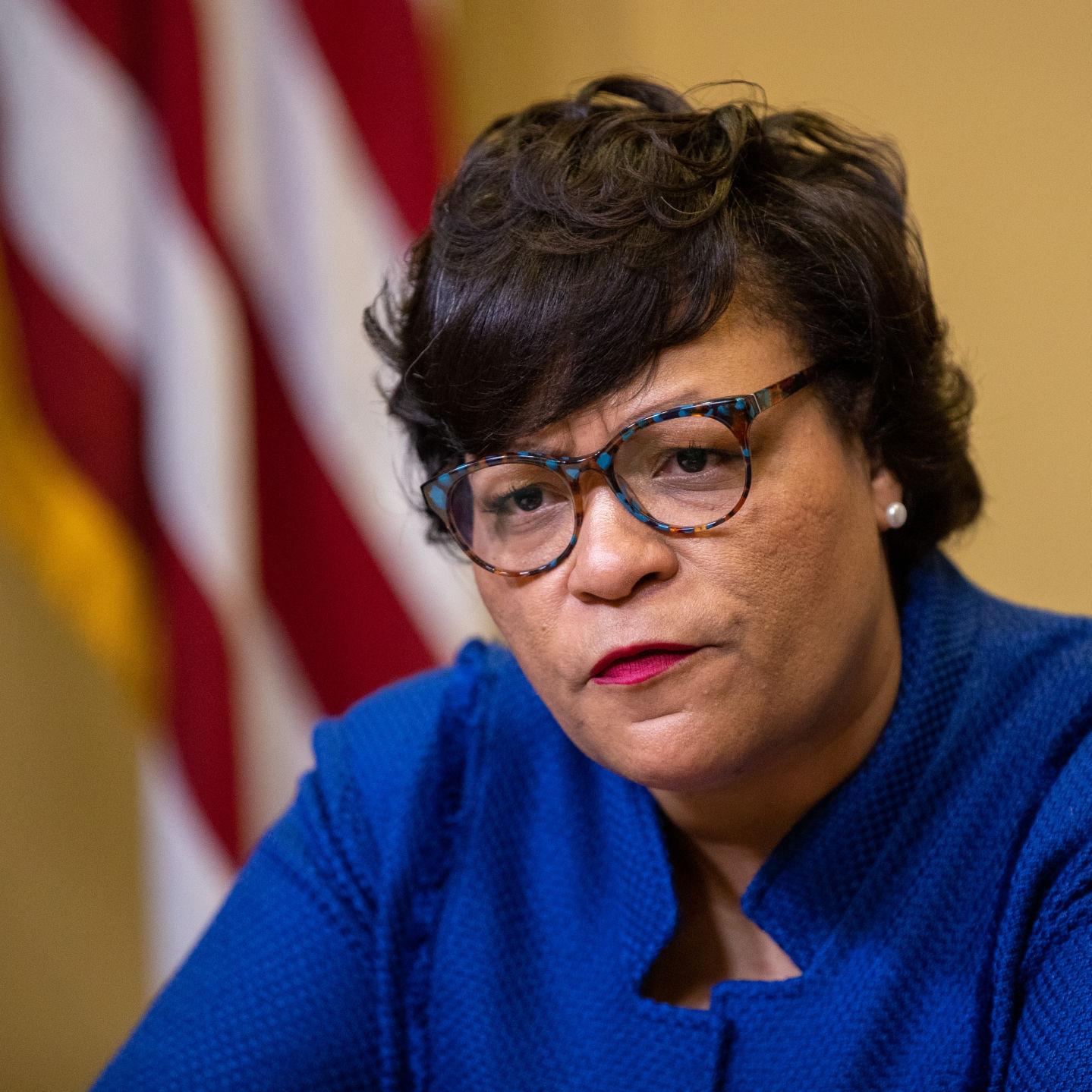Mardi Gras NEW ORLEANS
year the focus of unrestrained parties and celebrations. The famous carnival, Mardi Gras (French for Fat Tuesday), held in many parts of the world, reaches new heights of beauty and joy unmatched anywhere else in New Orleans. The wonderful New Orleans Carnival, first begun in 1857 by French exiles, is a global attraction for thousands of locals and tourists planning to arrive in the city many months in advance. "Fat Tuesday", (the day of the beginning of the 40-day meat-eating fast until Easter) where two colorful carnival parades take place on St. Charles Street. A visit to the city during the carnival days guarantees the visitor a unique cultural experience.
Effects of Hurricane Katrina
The devastation caused by Hurricane Katrina on August 29, 2005 caused a few people to question the future of the city's Mardi Gras celebrations. Mayor Nagin, who was up for reelection in early 2006, tried to play this sentiment for electoral advantage[citation needed]. However, the economics of Carnival were, and are, too important to the city's revival. The city government, essentially bankrupt after Hurricane Katrina, pushed for a scaled back celebration to limit strains on city services. However, many krewes insisted that they wanted to and would be ready to parade, so negotiations between krewe leaders and city officials resulted in a compromise schedule. It was scaled back but less severely than originally suggested.
Other Mardi Gras traditions
New Orleans Social clubs play a very large part in the Mardi Gras celebration as hosts of many of the parades on or around Mardi Gras. The two main Mardi Gras parades, Zulu and Rex, are both social club parades. Zulu is a mostly African-American club and Rex is mostly Caucasian. Social clubs host Mardi Gras balls, starting in late January. At these social balls, the queen of the parade (usually a young woman between the ages of 18 and 21, not married and in high school or college) and the king (an older male member of the club) present themselves and their court of maids (young women aged 16 to 21), and different divisions of younger children with small roles in the ball and parade, such as a theme-beformal neighborhood Carnival club ball at local bar room.
Doubloons
One of the many Mardi Gras throws which krewes fling into the crowds, doubloons are large coins, either wood or metal, made in Mardi Gras colors. Artist H. Alvin Sharpe created the modern doubloon for The School of Design (the actual name of the Rex organization). According to the krewe history, in January 1959 Sharpe arrived at the offices of the captain of the krewe with a handful of aluminum discs. Upon entering the office, he threw the doubloons into the captain's face to prove that they would be safe to throw from the floats. Standard krewe doubloons usually portray the Krewe's emblem, name, and founding date on one side, and the theme and year of the parade and ball on the other side. Royalty and members of the court may throw specialty doubloons, such as the special Riding Lieutenant doubloons given out by men on horseback in the Rex parade. In the last decade, krewes have minted doubloons specific to each float. Krewes also mint special doubloons of cloisonné or pure silver for its members. They never throw these from the floats. Original Rex doubloons are valuable, but it is nearly impossible for aficionados to find a certified original doubloon. The School of Design did not begin dating their doubloons until a few years after their introduction.
SOME COOL PICS FROM THE CARNIVAL



The current mayor of New Orleans


Her name is LaToya Cantrell
About her
LaToya Cantrell (born April 3, 1972) is an American politician serving as the Mayor of New Orleans, Louisiana, a post she has held since May 7, 2018. Cantrell, a Democrat, is the first black woman to hold the post. Before becoming mayor, Cantrell represented District B on the New Orleans City Council from 2012–2018.
Early life and education
Cantrell was born as LaToya Wilder in Los Angeles. She moved to New Orleans in 1990 to attend Xavier University of Louisiana, where she earned a BA in sociology.[3] She attended an executive training program at the Harvard Kennedy School.
Broadmoor neighborhood work
Cantrell returned to New Orleans in 1999, settling in the Broadmoor neighborhood. In 2003, she joined the board of the Broadmoor Improvement Association and became president of the association in 2004. After the 2005 levee failures in Greater New Orleans following Hurricane Katrina, the Broadmoor neighborhood flooded severely and remained mostly deserted for months afterward. In early 2006, the Bring New Orleans Back Commission, a blue-ribbon panel convened by then-mayor Ray Nagin, released a recovery plan that called for Broadmoor and five other New Orleans neighborhoods to be converted into greenspace. In her role as president of the association, Cantrell worked with residents and local religious leaders to organize opposition to the panel's recommendation. She also helped enlist returning Broadmoor residents in a six-month effort to write a recovery plan for the neighborhood.